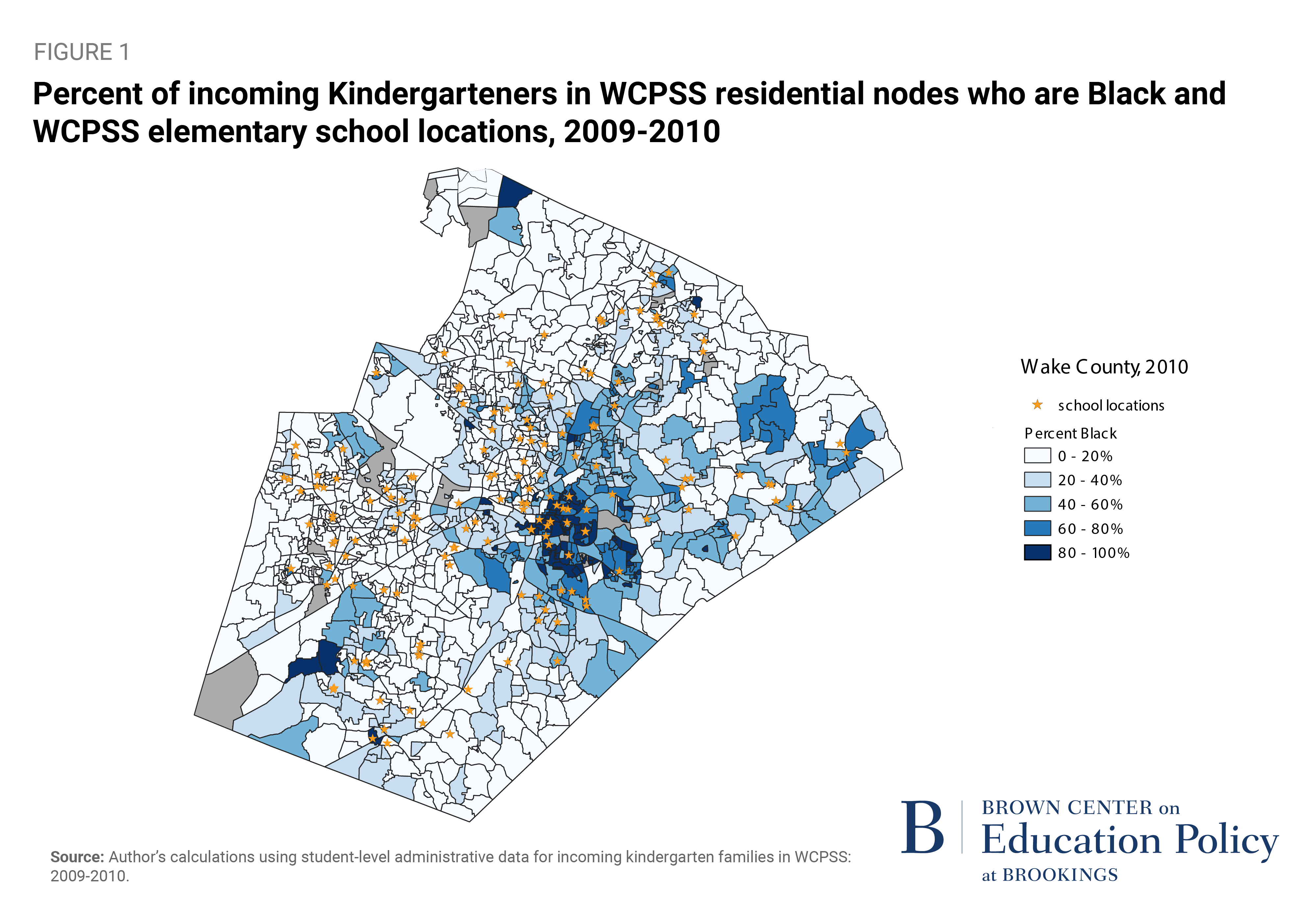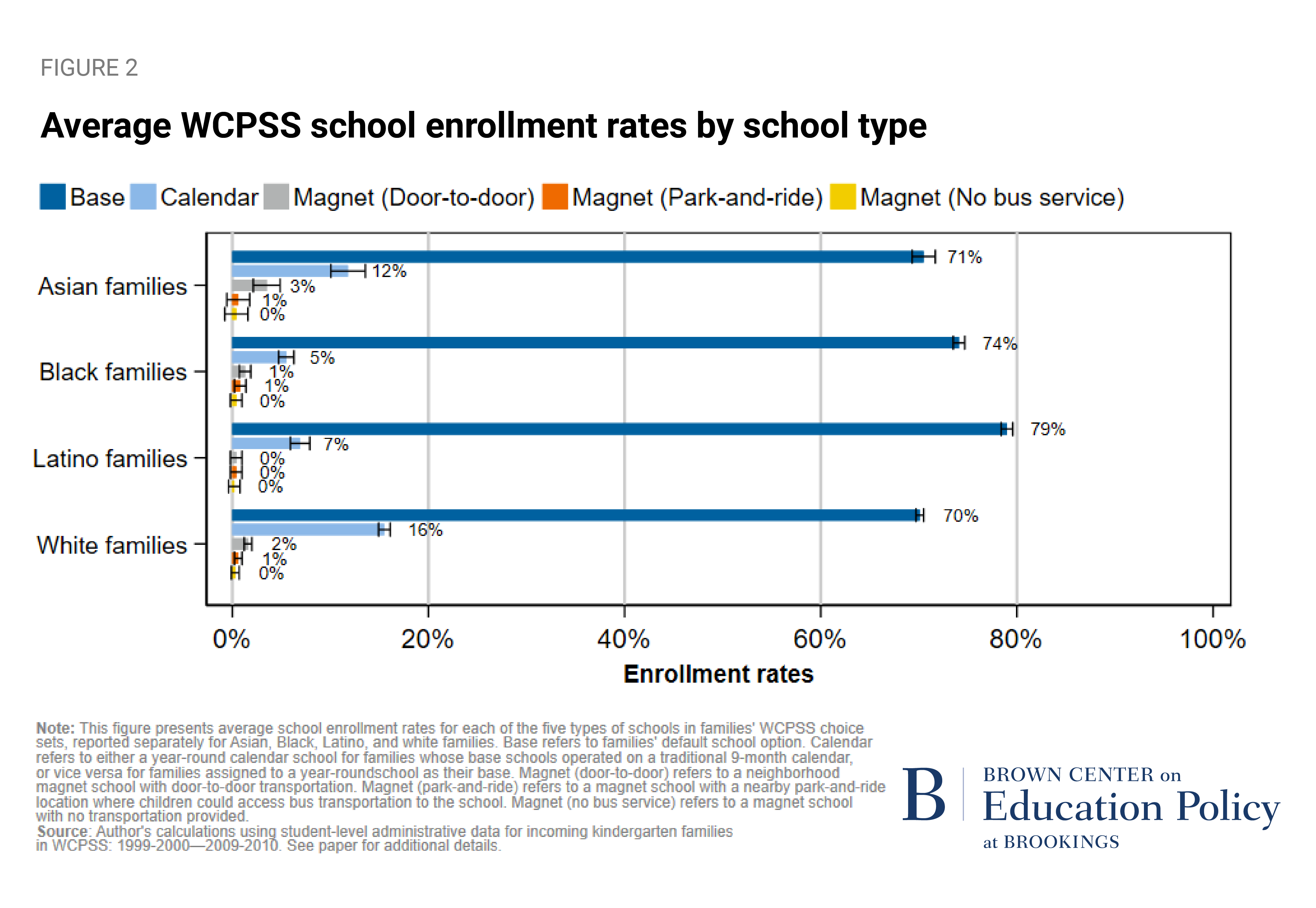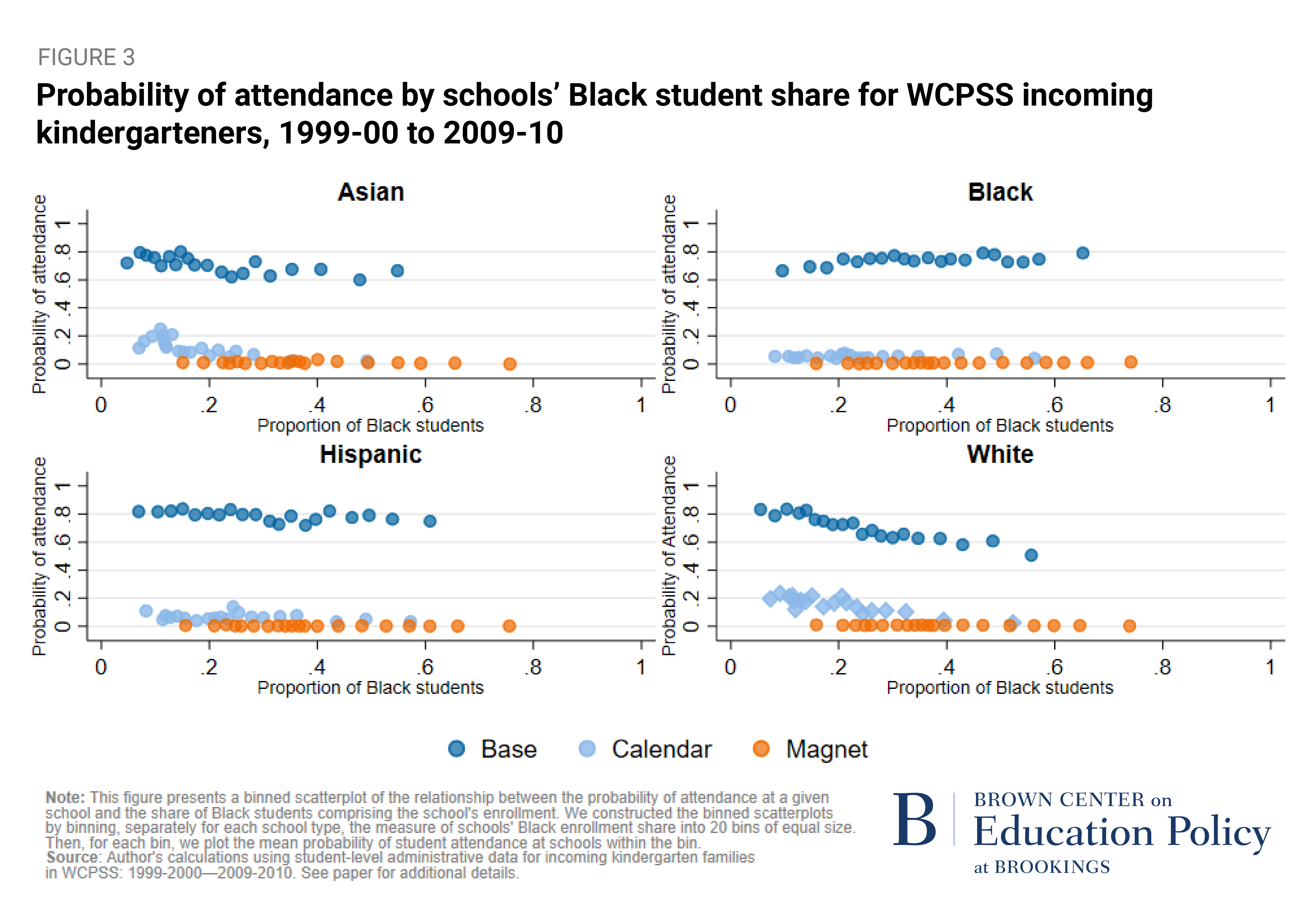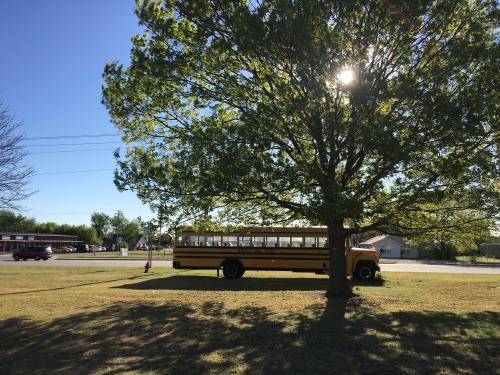School choice is a central feature in contemporary K-12 educational policy. Some school choice occurs across educational sectors—7% of school-aged youth in the U.S. are enrolled in charter schools, 9% in private schools, and between 3% and 5% are homeschooled. But the most common type of school choice policy operates within or across public school systems. For example, several large urban districts—including New York City, Newark, and New Orleans—allow families to apply to enroll their child(ren) in any, or nearly any, of the district schools.
While the implications of school choice for educational quality and equity are hotly contested, scholars generally agree that in most circumstances choice contributes to racial and socioeconomic school segregation. In most places, charter schools worsen levels of racial school segregation. Furthermore, a large body of research shows that families demonstrate racialized preferences for schools. Most of this scholarship implicitly or explicitly attributes the link between choice and segregation to anti-Black racism, particularly among white and Asian families.
As important as it is to confront individual racism in the school choice process, we believe that it is only one part of the story. School choice policies have many gradations—and how school choice programs are designed play an important, but not well-studied, role in shaping families’ school choices. For example, districts decide how many schools families can choose from, which schools to provide door-to-door transportation for, and where to locate magnet programs. Districts also specify the default school of attendance for families—a decision that significantly influences families’ eventual school choice. Since each of these aspects of school choice policy design influence school segregation, district leaders must keep the goal of educational equity front of mind as they ask crucial policy questions: How much choice, for whom, and how?
In new work, we explore the dual roles of district policy design and families’ school choices—and the implications of this interaction for segregation in elementary schools in North Carolina’s Wake County Public School System (WCPSS). Between 2000 and 2010, Wake County operated an innovative socioeconomic desegregation plan that used school assignments and a targeted or “controlled” choice program to pursue a more socioeconomically and racially integrated school system. Working with the district, we identified the set of schools that the district allowed incoming kindergarteners to select from, the transportation options the district provided to each of these schools, and families’ ultimate choices. We use these data to study how WCPSS shaped the choice sets of incoming kindergarten families and how families’ school choices ultimately served to reproduce a racially segregated school system.
WCPSS designed a “controlled” choice program as one part of its broader socioeconomic desegregation plan
WCPSS’s socioeconomic-based desegregation plan aimed to ensure that low-income students were not concentrated among only a few schools in the county-wide district. The district’s goal was to create a system in which no school had an enrollment of more than 40% economically disadvantaged students or more than 25% of students performing below grade-level on standardized tests. To achieve this goal, the district’s controlled choice program provided each family with a curated set of schooling options. Families’ school choice sets consisted of at least five different schools—including one default school of attendance, or a “base” school. Other options included at least one “calendar option” which allowed families whose base school operated on a traditional nine-month calendar to opt into a school with a year-round calendar, or vice versa. Families were also provided with at least three magnet school options—neighborhood magnets with door-to-door transportation, magnets with a nearby park-and-ride location where children could access bus transportation to the school, and magnets with no transportation provided.
A key piece of this policy involved changing base school designations for a small share of students (5% to 10%) each year with an eye toward maintaining socioeconomic diversity. We do not focus on this aspect of WCPSS’s approach in this study. In prior work, though, we demonstrate that because WCPSS preferred to minimize travel time for families, changes to base school designations drove relatively minor changes in school demographics. Our prior work also shows that most families complied when their base school was changed and that academic outcomes for these reassigned students improved modestly despite concerns about potential harms of moving kids to new schools.
In partnership with the district, we examined how WCPSS designed families’ school choice sets and how families made enrollment decisions in that context. Here’s what we found.
Finding #1: Residential segregation significantly constrained WCPSS’s desegregation initiative
WCPSS is a large, racially and socioeconomically diverse, county-wide school district in North Carolina—a context that made their desegregation work possible (Figure 1). Yet, Wake County, like much of the United States, is also characterized by high levels of residential racial segregation. This meant that the district’s emphasis on providing families with a geographically nearby base school option limited their ability to use base school designations in service of the district’s desegregation goals. In analyzing families’ school choice sets, we found that the racial composition of families’ assigned base school varied systematically by family race/ethnicity. For example, the average Black kindergartner was assigned a base school where 36% of students were Black, whereas Asian and white kindergartners were assigned to schools with Black student populations of 22% and 25%, respectively.
This reality also had implications for what families’ school choice sets looked like—and how different choice sets looked for families from different racial/ethnic backgrounds. On the one hand, WCPSS gave all families a significant degree of “choice”—families across racial/ethnic groups had access to predominantly white as well as predominantly Black schools. And even when we limit our analysis of families’ choice sets to schools with door-to-door transportation, we still found that a wide range of school racial compositions were reflected in families’ schooling options. Yet, because of the tight relationship between families’ race/ethnicity and the racial makeup of their designated base school, what different schooling options represented for different families varies. For example, magnet schools—which enrolled larger shares of Black students in the district—were almost always a more racially diverse option relative to their assigned base school for families in majority white neighborhoods. This was not the case for most families living in majority Black or Latino neighborhoods where the racial composition of magnet schools was not all that different from their base school.
Finding #2: Most families enrolled their kindergartners in their assigned base school
Strong majorities of families attended their designated base school, but we also document variability in base school enrollment rates for families from different racial/ethnic backgrounds. As shown in Figure 2 below, about 70% of white and Asian families enrolled their kindergartner in their base school whereas base school enrollment rates were higher for Black (74%) and Latino families (79%). That such large shares of families attended their default school choice is consistent with empirical evidence from the behavioral sciences showing that individuals disproportionally select default options.
(While it’s true that in most communities, families may believe they are choosing their default school when they decide where to live, this was not the case in Wake County in the 2000s. Most families were aware of WCPSS’s desegregation plan—and the implication that moving into a neighborhood did not guarantee access to the closest nearby school—since some variation of the policy had been in place since the early 1980s.)
The calendar option was the second most popular choice among families in the district, although again we see significant variation by family race/ethnicity. About 16% of white students and 12% of Asian students attended their calendar option compared to only 7% and 6% for Latino and Black students, respectively. Relatively low shares of kindergartners attended any of the magnet options available to them.
Finding #3: If you give families segregating options, they’ll take them
As we noted above, WCPSS’s controlled choice program offered all families school options with a wide range of racial compositions—ranging from predominantly white to predominantly Black. This meant that families had access to either segregating or desegregating school choices. When we analyzed families’ ultimate enrollment decisions, we found that the likelihood of Asian and white families attending their base school declines significantly as the share of Black students in their base school increases (Figure 3). Asian and white families instead enroll their kindergartners in the calendar option—which typically enrolled lower shares of Black students than their base schools—taking the segregating option when presented with an integrating default choice. In comparison, Black and Latino families’ enrollment decisions were unrelated to schools’ racial makeup.
Controlled school choice programs can help and hurt school desegregation efforts
All told, our work highlights both the potential and limitation of controlled choice programs for advancing school diversity goals. Our results make clear that significant majorities of students ultimately attend their designated default school option. And in the WCPSS context, this was notably true even when the district re-assigned a small share of families to new base schools each year as a part of the desegregation plan. These findings underscore that default school assignments are a powerful policy lever available to districts—and one that has profound implications for school diversity and segregation.
On the other hand, our work also underscores the limitations of controlled choice programs. For one, the backdrop of residential segregation and district and family preferences for geographically close default school assignments inherently limits how ambitious policymakers can be in using school choice programs to advance desegregation goals. In WCPSS, for example, residential segregation contributed to notable demographic differences across families’ base school assignments in ways systematically related to their racial/ethnic background.
We also find that racial preferences and anti-Black racism shape how parents navigate choice contexts—a reality that creates acute tensions that districts must navigate in the design of choice systems. From our work and a number of other studies, we know that many Asian and white families avoid schools with large Black student populations when given the opportunity. And yet, it’s hard to imagine a politically viable controlled choice program that constrains families’ choices and actions more than WCPSS did. Some degree of school choice has long been viewed as a necessary component of desegregation efforts given the significant historical evidence that families (and white families, in particular) leave districts taking aggressive desegregation action. And of course, even WCPSS’s relatively light-touch curation of schooling options for families ultimately proved untenable. In 2009, voters in the county elected school board candidates who promised to end the desegregation initiative and return to neighborhood-based school assignments—a promise the school board followed through on the following year.















